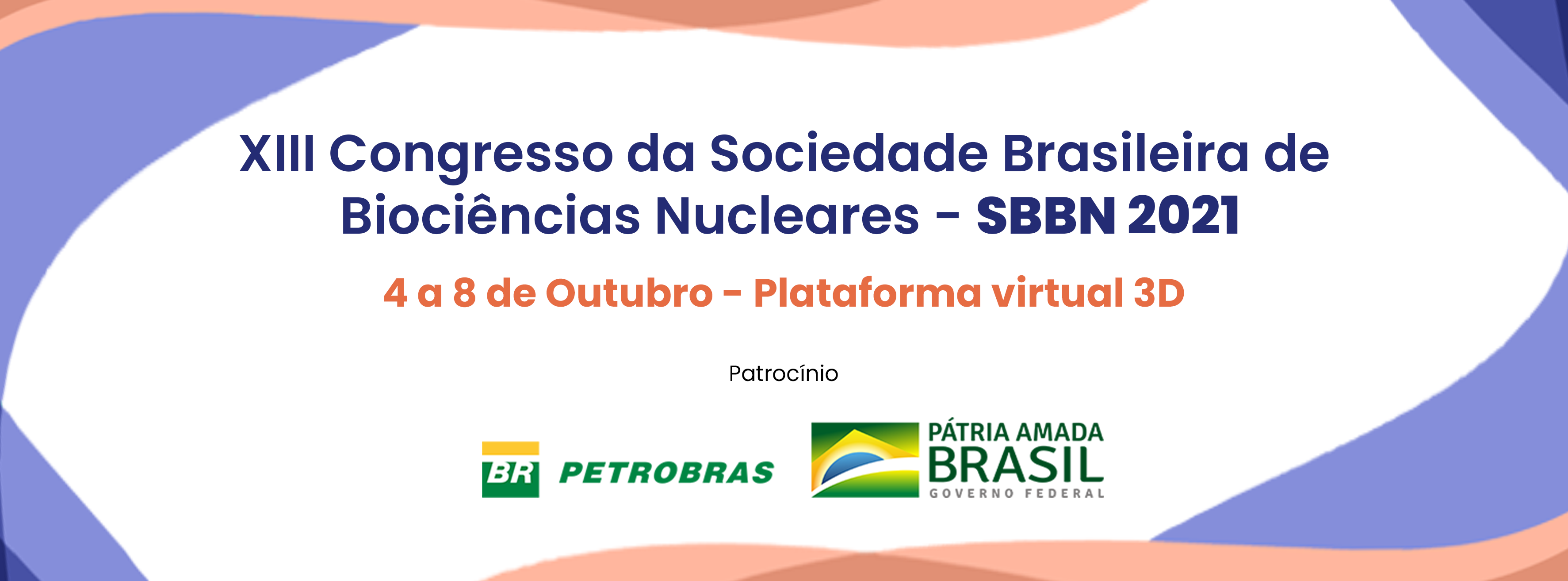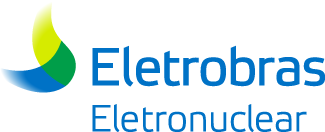

ATENÇÃO! A plataforma virtual permanece aberta para os inscritos no XIII CONGRESSO SBBN até 20 de dezembro, com todos os simpósios, conferências, e-posters e também as exposições técnicas durante 24 hs. Não perca a última oportunidade de assistir excelente programação cuidadosamente preparada.
O XIII Congresso da Sociedade Brasileira de Biociências Nucleares – SBBN 2021 – aconteceu em paralelo com o 20th Congress of the International Union for Pure and Applied Biophysics (IUPAB), o 45th Annual Brazilian Society of Biophysics Meeting, e o 50th Annual Brazilian Society of Biochemistry Meeting, de 3 a 8 de outubro, compartilhando plataforma virtual 3D.
Link para o programa do 20th IUPAB Congress: IUPAB CONGRESS-scientific_program_complete
CONFIRA O PROGRAMA DA SBBN EM “PROGRAMA” ABAIXO.
Objetivos do Congresso:
a) Apresentar pesquisas em bioquímica e biofísica para produtos para imagens moleculares, técnicas para terapias e dosimetria, inclusive experiências pré clinicas e clínicas.
b) Apresentar técnicas analíticas nucleares, para reduzir o impacto ambiental e melhorar a qualidade da água, controle da poluição, e a proteção da biodiversidade, assim como o transporte sustentável de materiais radioativos e nucleares.
c) Comparar o estado da técnica da Radiobiologia, com os levantamentos epidemiológicos, discutindo a percepção de risco (nuclear, radiológico, sanitário e ambiental) e comparando a atual estrutura regulatória com os novos paradigmas da Biologia.
THE SBBN PRESIDENT´S MESSAGE
Dear colleagues,
I thank very much SBBN Congress official sponsor PETROBRAS for assuring the event financial compromises. Also, I thank the support of ELETRONUCLEAR for allowing to register 35 post-graduate students in Congress. Special gratitude to the colleagues from the Energy and Nuclear Research Institute, IPEN for the kind attention to our scientific events.
Also, we are very grateful to the speakers from Argentina, Austria, Brazil, France, the United Kingdom, Uruguay and the United States of America. Also, the Congress chairs and debaters. I recognize the work done by Mauricio, Cyntia, and the team from the Brazilian Society on Biochemistry and Molecular Biology -SBBq. Thank you all.
In the present, we usually demonstrate gratitude for people that belong to our past, to our personal and professional lives. Ithank very much Prof. Marcelo Morales because, without his support, it would be impossible to participate in this Conference.
We are focusing on the motivation and employability of the students. SBBN have planned this conference to discuss with them the scientific basis of Radiation Biology for sustain the nuclear applications balancing the risks and benefits to the public, workers and patients, as well as the environmental. Humanity needs to have Science as a tool for equality, happiness, and for assurance of peace. The subjects to be discussed this week may interfere with our work and/or research. However, the most important goal to be achieved should be broken scientific paradigms with ethics, courage, and responsibility.
I desire you all an excellent conference.
Rio de Janeiro, October 4th, 2021.
Silvia Maria Velasques de Oliveira


